Recent excavations of a Roman villa under the town of Positano, south of Naples, Italy, revealed well-preserved lavish decoration of the once luxurious seaside mansion. The structure, dated to the 1st centuries BC and AD is located nearly 9 metres under a modern church in the centre of the town.
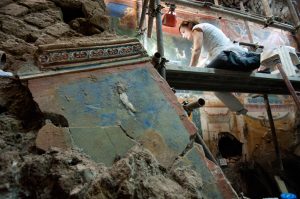
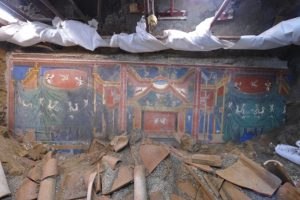
The villa was destroyed during the eruption of Mount Vesuvius in 79 AD. It was visited in 1758 by Swiss architect Karl Weber who supervised first excavations of the areas destroyed by the volcano. He reported an ancient building with mosaics of fine, white marble. Restoration of the villa was undertaken first in 2003 and recently in 2015 by archaeologist Luciana Jacobelli.
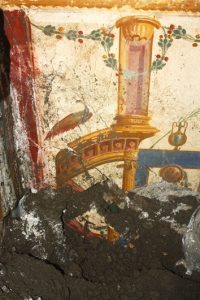
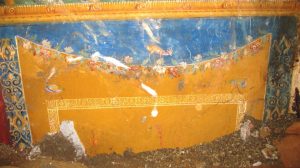
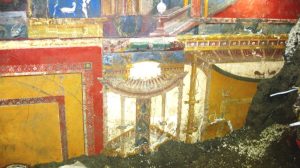
The researchers explored the area of an ancient Roman dining room (triclinium) by firstly removing mud, debris and lapilli to expose and clean the painted decorations. The paintings are of a high quality and contain motives created with use of green, yellow, red, and blue pigment. Additional stucco motives are combined with the frescoes, interacting with each other creating optical illusions of pliable drapery covering the walls. Moreover, in a hole under the northern wall a pile of oxidized jars, cups, and dishes that formed a set of silver was discovered.
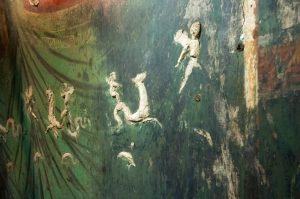

The researchers believe that the villa might have covered over 4045 square metres, being situated on artificial terraces cut into the hillside. The archaeologists, who admit the restoration is underfunded in comparison to the quality of the find, hope to make the 2000-year-old structure available to the open public in the near future.
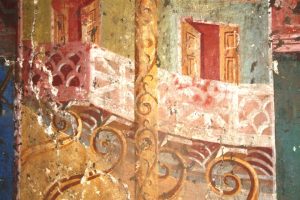
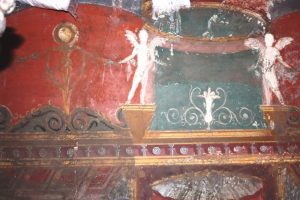
(after Archaeology)
Permalink //
unbelievably beautiful. will you be posting more from there?